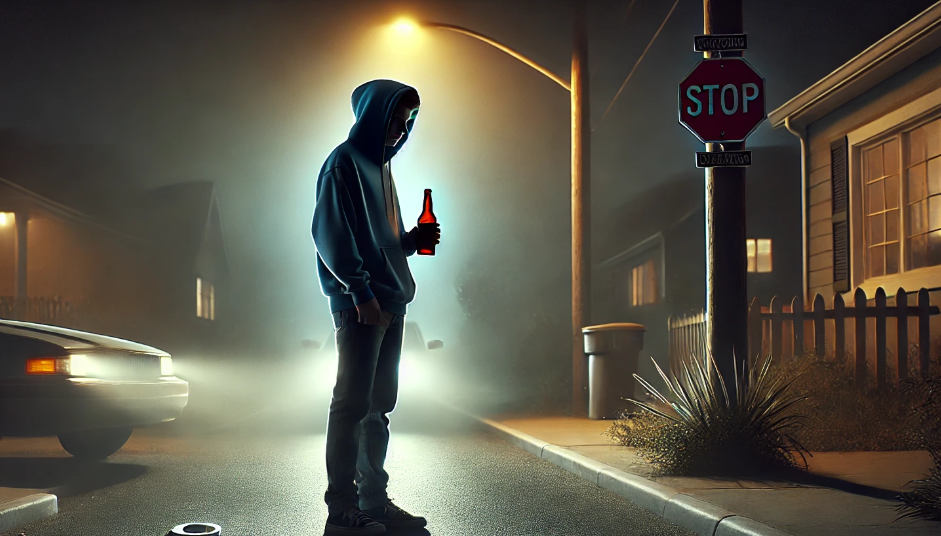Candy Colored Danger: The Urgent Threat of Look Alike Cannabis Edibles to Children
Parents and community members are sounding the alarm about cannabis edibles being sold in deceptive packaging that looks nearly identical to popular children’s snacks. From bags of “medicated” gummies mimicking Sour Patch Kids to cookies labeled “Trips Ahoy” that copy Chips Ahoy, these THC-laced products are intentionally made to fool consumers – with children as the unwitting victims. The result has been a surge in kids accidentally ingesting high-potency THC, leading to serious illnesses and hospitalizations. This issue demands urgent attention to protect our youth.
Deceptive Packaging That Targets Kids
One such product called “Stoner Patch Dummies” uses packaging nearly identical to Sour Patch Kids candy, making it almost impossible for a child to tell it apart from a real treat. Manufacturers of these edibles often steal the branding of famous snacks – using similar names, logos, and even mascots – to give their drug-laced products a familiar look. The FDA reports copycat THC edibles packaged like Cap’n Crunch cereal, Nerds Rope candy, Skittles, Doritos chips, Oreos, and other kid-favorite foods. A young child sees a brightly colored bag with cartoon characters and assumes it’s candy or chips they’ve had before. But if they eat what’s inside, they’ll be consuming a potent dose of THC (the psychoactive chemical in cannabis that causes a “high”). This deception is dangerous – children often can’t read or understand the small THC labels, and the look-alike packaging lowers everyone’s guard.
Alarming Rise in Accidental THC Ingestions
Health professionals have seen an explosion of pediatric THC poisoning cases in recent years. In just five years, the number of U.S. children under six who accidentally ate cannabis edibles jumped by 1,375% – skyrocketing from roughly 200 cases in 2017 to over 3,000 in 2021. More than 7,000 young children were exposed to THC edibles from 2017 to 2021 as the popularity of these products grew. Toddlers and preschoolers are most at risk, since they are naturally curious and tend to put objects in their mouths. Tragically, nearly one in four of these children wound up in the hospital, some with serious symptoms. Poison control centers and emergency rooms across the country report treating children who ate THC-infused candies, cookies and chips that they found at home or obtained from friends, not realizing they contained drugs.
FDA and FTC Crack Down on “Copycat” Edibles
Regulators are responding to this hazard. The U.S. Food and Drug Administration (FDA) and Federal Trade Commission (FTC) have taken action against companies marketing cannabis edibles in kid-appealing packages. In mid-2023, the agencies sent joint cease-and-desist letters to six companies selling Delta-8 THC edibles in bags almost identical to Doritos, Cheetos, and Nerds candy. They warned these sellers that “marketing edible THC products that can be easily mistaken for children’s snacks is reckless and illegal” and demanded an immediate packaging overhaul. These enforcement efforts send a clear message: packaging cannabis as kids’ candy is unacceptable, and authorities are watching.
Overdose Symptoms and Psychological Effects in Youth
When a young child consumes a high dose of THC, the effects can be dramatic and frightening. Kids are much more sensitive to THC’s effects than adults, due to their smaller body size and developing brains. Overdose symptoms in children often include extreme drowsiness, confusion, unsteady walking, fast heart rate and vomiting. Children may appear pale, disoriented, or extremely lethargic – some cannot even stand up without wobbling. Psychologically, a child might become anxious, panicked, or hallucinate, though they often are too young to describe these feelings. In more severe cases, breathing can slow to a dangerous level, seizures can occur, or the child may slip into unconsciousness (coma).
How Parents, Schools, and Communities Can Protect Children
Preventing these accidents is a shared responsibility. Parents and caregivers should treat cannabis edibles with the same caution as prescription medicine or toxic household chemicals. If you or someone in your home uses edibles, store them locked up, out of reach, and separate from regular food. Never leave THC treats in a purse, on a counter, or in an unlocked pantry where a child could stumble upon them. It is wise to avoid purchasing edibles that mimic candies or snacks your kids know – choose products that come in plain, child-resistant containers and clearly labeled packages. Always reseal and hide away the package immediately after each use.
A Collective Call to Action
SSAPCO’s mission is to prevent substance abuse and its consequences, and this issue hits close to home: an innocent child’s life could be put at risk by a THC candy bar that looks just like a Kit Kat. We urge parents, schools, and community leaders to treat this threat with the urgency it deserves. Check your home for any look-alike edible packages and secure them. Educate your kids and others. Support policies that keep kids safe from accidental poisoning. The recent spike in pediatric THC ingestions is a warning sign we cannot ignore. By acting together – through vigilance, education, and advocacy – we can stop these “candy” cannabis edibles from hurting our children.
Sources:
- U.S. Federal Trade Commission – Consumer Alert on Copycat Cannabis
- U.S. Food & Drug Administration – Warning About Accidental Ingestion of THC Products by Children
- Centers for Disease Control and Prevention – MMWR Report on Cannabis-Involved ED Visits (2023)
- Associated Press News – “As legal pot grows, more kids sickened by edibles at home”
- America’s Poison Centers – Emerging Hazard Alert: Edible Cannabis


Comments
Post a Comment